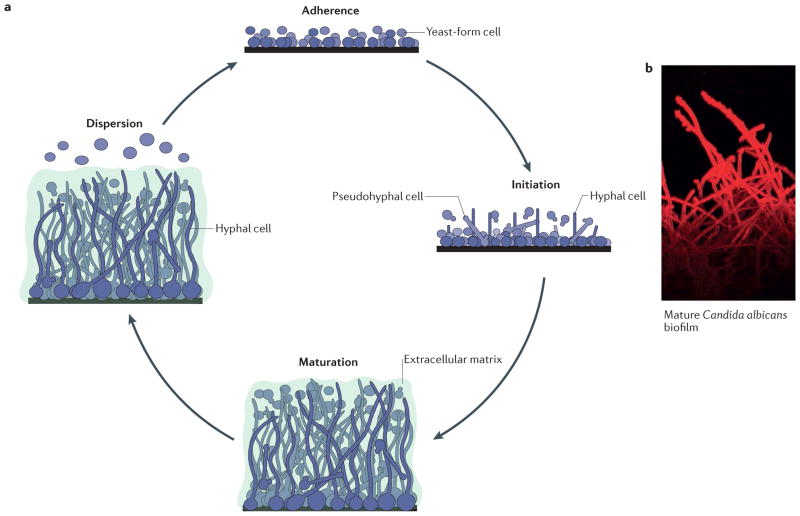Figure 1. Formation of Candida albicans biofilms.
a | The formation of Candida albicans biofilms has been divided into four major stages: adherence of round yeast-form cells to a surface; initiation of biofilm formation, during which the cells adhered to the surface form a basal layer that contains yeast-form, pseudohyphal and hyphal cells (also known as the proliferation stage); maturation into a complex, structured biofilm, in which cells are encased in the extracellular matrix; and dispersion of yeast-form cells from the biofilm to seed new sites. b | A confocal laser-scanning microscopy image of the side view of a mature C. albicans biofilm is shown, with the long hyphal cells clearly visible. The dye (concanavalin A–Alexa Fluor 594 conjugate) used for imaging does not penetrate to the bottom of the biofilm; hence, the yeast-form cells attached to the solid surface are not readily visible. The extracellular matrix is also not visible, as it does not bind the dye. Part a modified with permission from the Annual Review of Microbiology, Volume 69 © 2015 by Annual Reviews, http://www.annualreviews.org.

